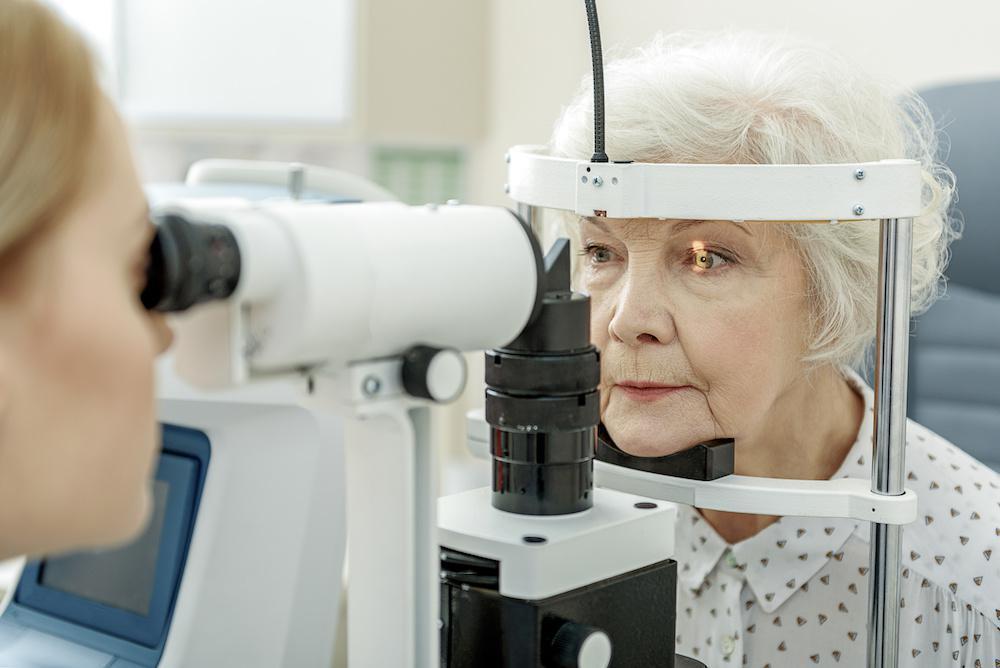
How Should I Prepare for My Vitrectomy?

At its most basic, a vitrectomy is a surgical procedure where your ophthalmologist extracts some or all of the vitreous humor, a gel-like substance that resides in the middle of your eyeball. He may do it for a variety of reasons, all of which are geared toward restoring your eye health.
At Retina Specialists, our expert team of board-certified ophthalmologists uses vitrectomy to treat problems of the retina and vitreous humor. As many of our patients aren’t familiar with the procedure, the practice has put together a guide to why it's used, how it’s performed, and how you should prepare for it if your doctor says it’s right for you.
Retinal tears and retinal detachments
With age, the vitreous humor, a gel-like substance in the middle of the eyeball, starts to shrink. As it contracts, the humor tugs on the retina, the tissue in the back of the eye that converts incoming light into electrical signals that it sends to the brain for decoding. Sometimes the vitreous tugs so strongly that the retinal tissue tears, releasing a host of what are called “floaters,” solidified parts of the humor that drift through the gel. When they pass in front of the retina, they cast a shadow, which you see as a dark spot that moves in your visual field. They’re not dangerous by themselves, but they can indicate a serious condition, like a tear.
A retinal detachment occurs when fluid within the eye leaks through a retinal tear. The pressure builds until the retina completely pulls away from its supporting tissue.
Most retinal detachments happen suddenly, often as a result of a blow to the head. As with a retinal tear, a detachment is an emergency situation. If you don’t get prompt medical attention, you could permanently lose your vision.
The vitrectomy
With prompt medical attention for tears and detachments, in most cases our doctors can save your sight. One of the ways is through a vitrectomy.
In this procedure, the doctor makes a small incision in your sclera — the white part of your eye — and, using tiny surgical tools, he removes the cloudy vitreous humor gel, any scar tissue tearing the retina, or foreign objects obscuring your vision. Removing the vitreous also gives him better access to the retina and decreases the tension on it.
He then replaces the vitreous with an air, gas, or oil bubble. The bubble pushes the retina back into place, allowing it to heal properly. If the doctor uses an oil bubble, he removes it several months later. If he uses an air or gas bubble, you can’t fly in a plane, travel to high altitudes, or scuba dive, because the change in outside pressure causes the gas to expand, increasing internal eye pressure.
A vitrectomy can be performed for other conditions, as well:
- Abnormal blood vessel growth, bleeding, or scar tissue from diabetic retinopathy
- Macular hole
- Macular pucker
- Endophthalmitis (a type of eye infection)
- Severe eye injuries
- Complications during or after cataract surgery
How should I prepare for my vitrectomy?
The more you know about the procedure, the better prepared you’ll be to have it done. Be aware that your doctor will want to look at the retina and other eye structures again before the surgery, and he’ll probably dilate the eyes to get a clearer view. He may also do an ultrasound. These are normal.
You need to ask a number of important questions beforehand, including:
- Which medications/supplements do I need to stop before surgery, and how long before?
- When should I stop eating and drinking before the surgery?
- What kind of anesthesia will I get?
- How long will the surgery take?
- Will I be able to go home the same day, and if so, do I need someone to drive me?
- What will my aftercare be like?
- When will I get the results, and what are the possible outcomes?
A vitrectomy can last anywhere from one to several hours, depending on what condition the doctor is treating and if it’s a standalone procedure or one in a series to repair a problem. He’ll prescribe antibiotic eye drops for you to use, and you’ll get a series of follow-up appointments to ensure that everything is healing normally. If you have questions about your care at any time, we encourage you to ask.
To learn more about a vitrectomy, what it’s used for, and what you can expect, give Retina Specialists a call at any of our locations, or book a consultation online with one of our ophthalmologists today. We’ll be happy to walk you through it.
You Might Also Enjoy...


Holiday-Proof Your Vision: Tips to Avoid Common Eye Injuries

5 Essential Steps to Protect Your Eyes from Diabetes

4 Types of Ocular Injury That Need Immediate Care

Keeping Your Retina Healthy After 50


